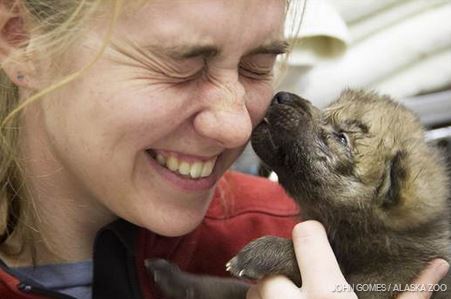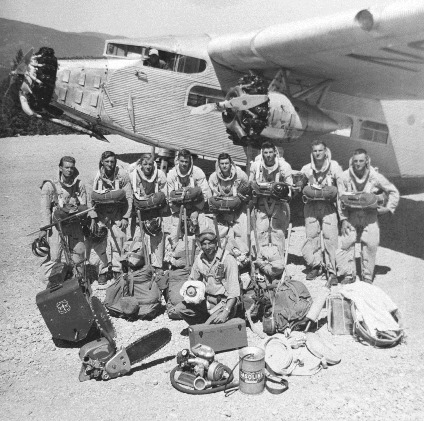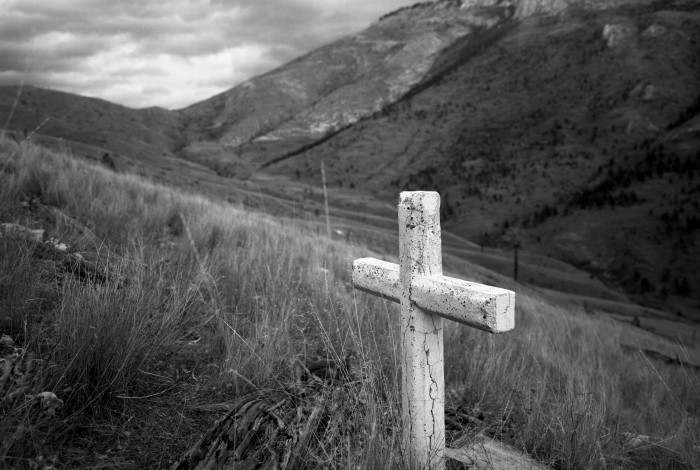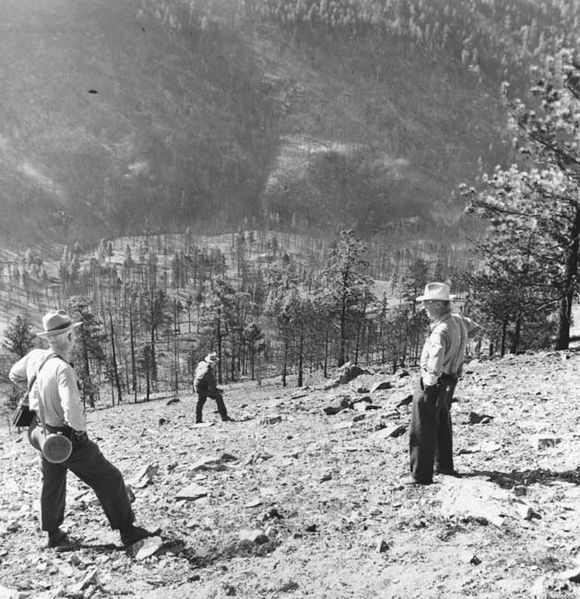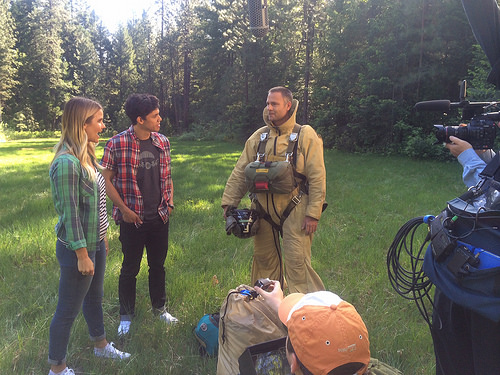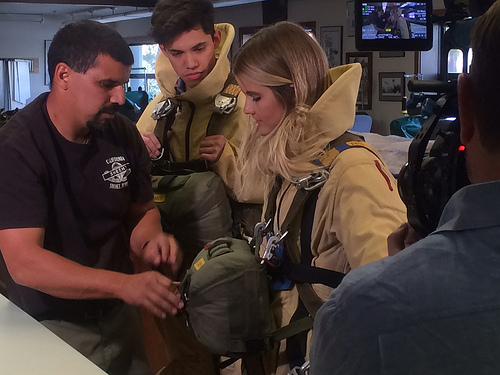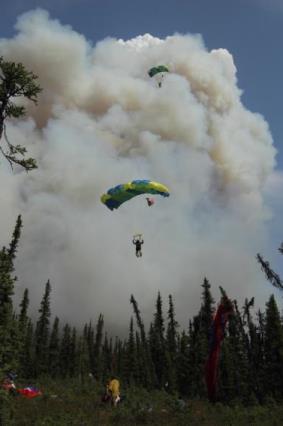
The Bureau of Land Management has released an Accident Investigation Factual Report on the fatality of the smokejumper in Idaho last year. On September 27, 2013 Mark Urban was killed on a parachute jump while conducting an equipment evaluation at a remote airstrip outside of Prairie, Idaho, approximately 50 miles east of Boise.
Mr. Urban and other smokejumpers were collecting data during jumps to validate the vertical speeds and the activation window under which an automatic activation device (AAD) would initiate the opening sequence of either a main or reserve canopy in smokejumper operations. The AAD was not intended to be engaged during the jump and was not thought to be a factor in the cause of the accident. The parachute was to be manually opened.
All of his previous 287 jumps had been from approximately 3,000 feet above ground level (AGL), but the test on September 27 was designed to begin from the 6,000-foot level. The plan was to wait until reaching 3,000 feet AGL to deploy the main parachute. Similar tests had been conducted years earlier and several jumpers successfully executed the procedure earlier that day.
Mr. Urban’s parachute did not deploy until he was 138 feet AGL, which did not result in any significant deceleration. He was killed upon impact with the ground.
After leaving the Twin Otter aircraft, Mr. Urban, as did other jumpers that day, experienced some spinning while descending from 6,000 to 3,000 feet. The jumpers had been briefed on procedures to correct the spin, but while the exact cause of the accident may never be known, at least one of the investigators concluded that it is possible Mr. Urban spun fast enough to create G-forces that caused him to lose consciousness.
Below is an excerpt from the report in the Human Factors section. It was written by Randy McCalip, a LtCol with the U.S. Air Force, trained as a human factors/aerospace physiology expert and military free fall jumpmaster with 16 years of jumping experience.
…I believe the [Mishap Smokejumper] MS experienced enough initial G-force to cause visual, cognitive, and/or physical degradation delaying early necessary action. The MS channelized on fulfilling the T&E jump profile requirements exposing him to longer and higher G-forces resulting in a G-LOC. The GLOC caused the MS to lose all motor function and go limp. This reversed the MS’s spin and eventually slowed the spin enough to return blood flow to the brain. The MS regained consciousness and initiated pull sequence at 138 ft AGL, well below safe deployment altitude.
Gravitational forces were CAUSAL in this mishap.F. HF Summary
I thoroughly reviewed all factors that possibly caused and contributed to this mishap. Although the team had eye witness testimonies and two different video angles of the mishap, exactly why the MS didn’t pull at the instructed altitude will never be known with 100% certainty. The MS was highly regarded as an exceptional leader and experienced smokejumper that paid attention to details and standards. This HF analysis attempted to piece together the most logical reasons why the MS failed to deploy his main parachute.

